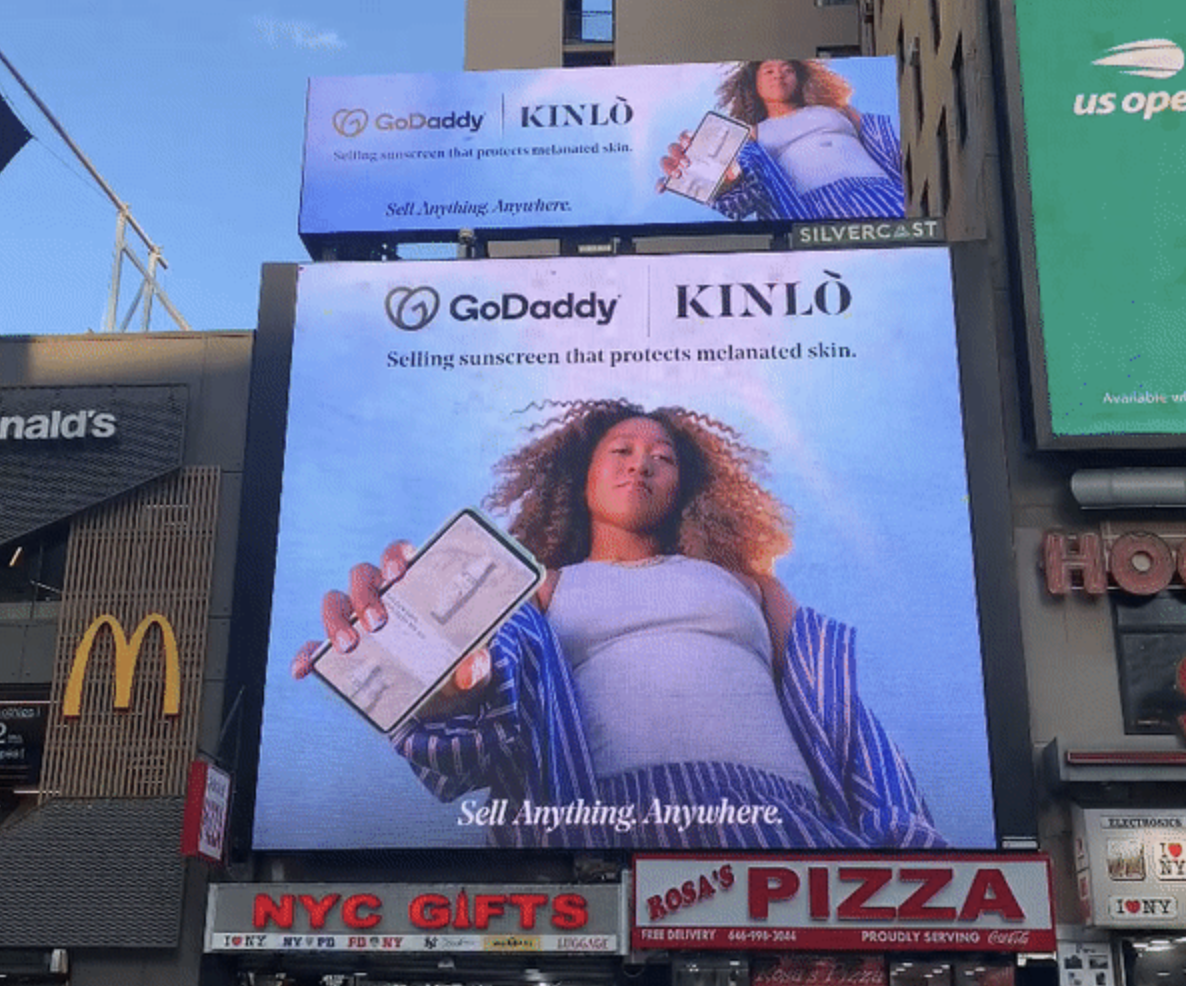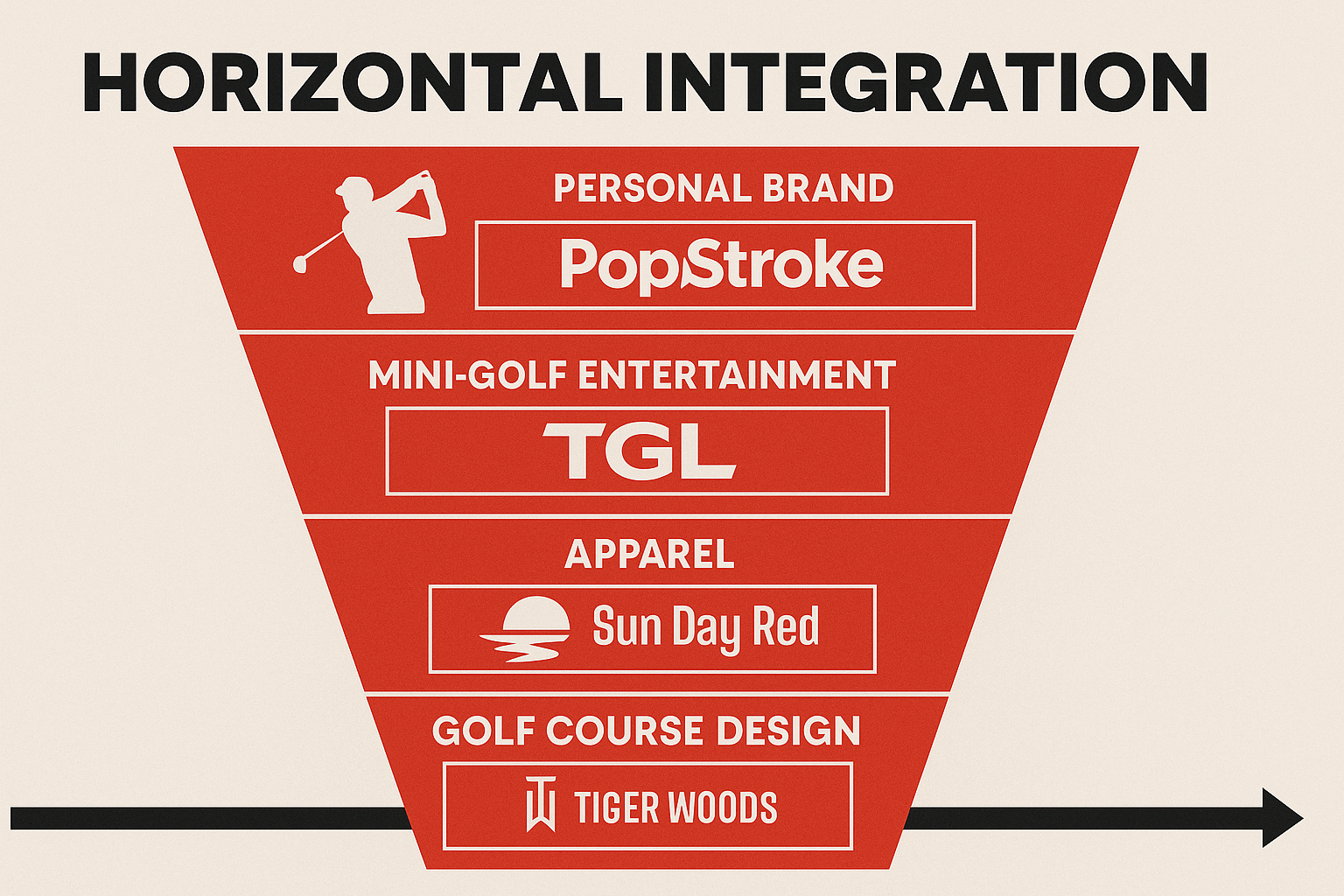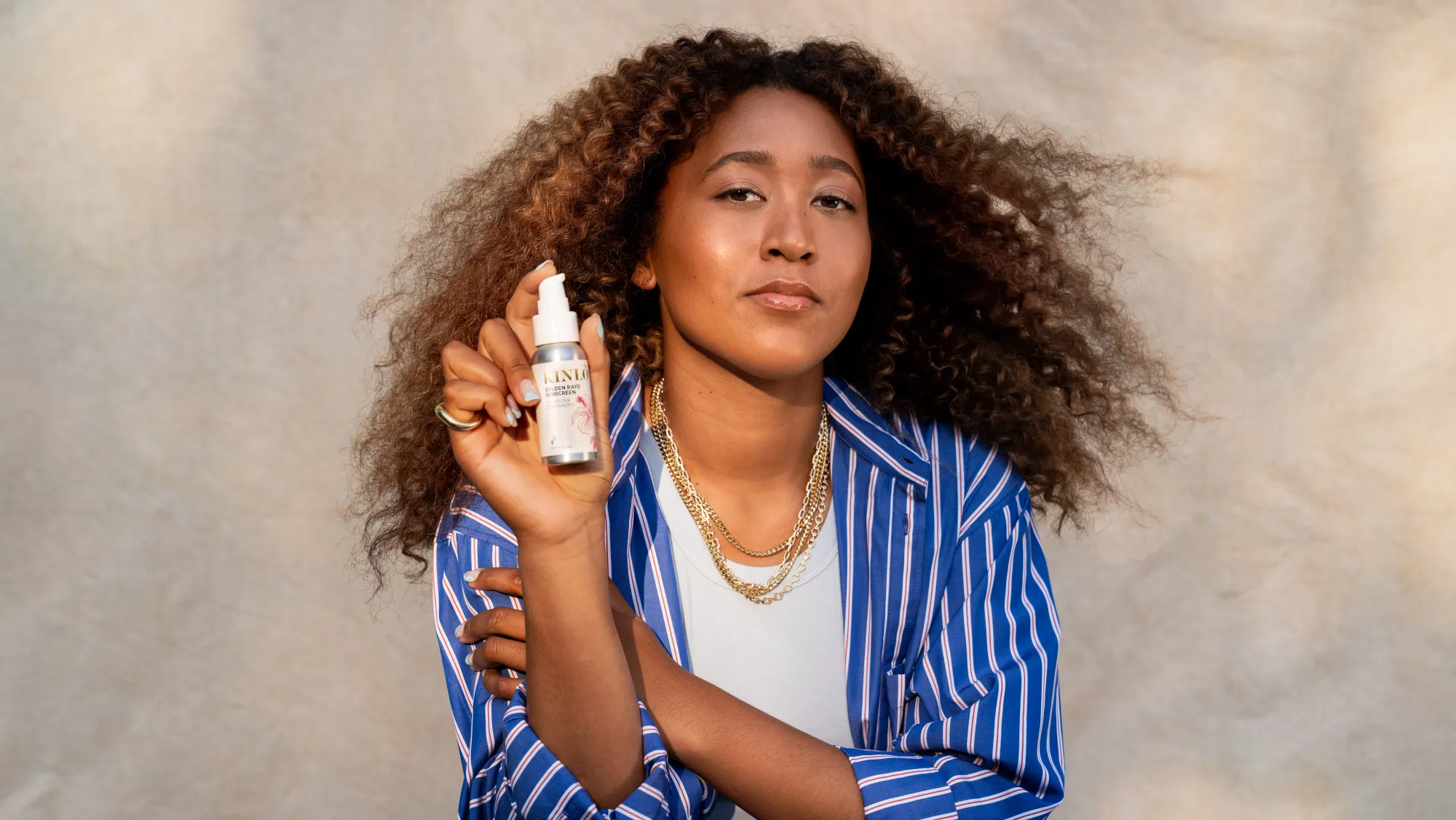The undeniable special relationship between an athlete and their fans is hard to put into words. It is a feeling we will never forget. For decades and probably a millennium, businesses have been eager to put themselves in between that sacred connection. Whilst playing basketball at a D1 school and studying marketing, I learnt the term that describes this: brand rub.
This phrase, "brand rub", is the foundation of athlete sponsorships. It has resulted in billions of dollars being generated for sports players but at the same time has caused many athletes to go broke. In this article we will shine a light on how athletes can squeeze the middle men out and reclaim that full connection with their fans whilst leveraging their personal brand to create long-term wealth, build stronger relationships with their fans, and empower the communities they come from.
Sports impact culture at a scale few industries can rival. But culture alone does not guarantee ownership of the wealth it creates. For decades the majority of the money and power generated by athletes flowed to the smart brands that sponsored them. To reverse this imbalance, athletes have begun using their attention, cultural impact, and structured systems to move audiences step by step from fans to loyal customers. This process is a marketing funnel, and it is the difference between being a cultural icon and being an economic force.
The Tiny Window Problem
An athlete’s career is measured in short bursts of performance excellence. In football the average career is under five years. In golf or tennis, players may last longer, but commercial relevance still peaks and fades. This compressed window forces athletes to think differently about their personal brand’s longevity and impact.
Contracted salaries, prize money, and sponsorships can be huge sums of money, but by themselves they are unstable. Without a system for building long-term revenue streams, influence fades the moment competition stops. And what creeps up next are the huge costs of maintaining the lifestyle developed in the playing years.
We have seen this story time and time again. An athlete makes one hundred million dollars over ten years but ends up broke. If they had followed the footsteps of the athletes in this article, their business careers would have flourished.
Step One: Awareness
Awareness is the first building block of the funnel. In the past, awareness was controlled by TV networks and print outlets. Now digital platforms put visibility directly in the hands of athletes. Their social media platforms and their ability to speak on topics they care about give them leverage.
The most powerful thing an athlete can do is start talking. Talk about things that matter to you. For Naomi Osaka it is mental health. She serves as the Chief Community Health Advocate for Modern Health, partnered with Hyperice to deliver meditation sessions in the Core app, and became an ambassador for Maybelline’s Brave Together campaign. Isn’t that just another sponsorship? No. She is building her network and learning whilst growing her own skincare brand, KINLO, designed for melanated skin like hers.
Naomi Osaka appears on billboards and in countless ads speaking about a topic she wants to be known for. Her brand gains extra awareness and positive brand rub for both parties. Learning the game from industry experts while gaining visibility is the goal here, because athletes can capitalise on that brand awareness when they are ready. Instead of chasing the biggest cheque, smart athletes balance the financials with the long-term awareness they will gain.

Step Two: Engagement
Engagement builds on awareness by turning recognition into trust. This is where values, storytelling, and community come in.
Kobe Bryant is a perfect example. His brand was built on obsession with work. Out hustling everyone around him. Being surgical in his dedication. Yet to perform at the highest level, you must also recover. His investment in and promotion of BodyArmor showed Kobe’s understanding of his personal brand and what he was known for. Simply drinking the beverage during games was enough, but he went further. He voiced over ads with the line:
“There’s only one thing that separates the bad from the good, the good from the great, and the great from the legends. Obsession.”
This is engagement. He expressed his values, his story, and his outlook, connecting with fans who admired him for that very reason. But how did fans know about his obsession? Because he spoke about it constantly. Countless stories from teammates, interviews, adverts, and content cemented it as his personal brand.
The key takeaway for athletes is to express yourself. Share the topics you love, your values, and your perspective across content, ads, interviews, and every available channel.
Step Three: Conversion
The next step is turning awareness and engagement into conversion. What does 'conversion' mean? It is the process of moving someone to the next stage, usually with a financial commitment. It could mean a fan joining your email list, subscribing to a platform, or purchasing a product.
But the funnel requires a product or service that represents the athlete and serves the customer’s needs at the same time. Simply put, fans admire a value, attribute, or story and then buy into the lifestyle. This step transforms cultural admiration into a tangible business relationship.
Tiger Woods’ TGR Foundation is a strong example. Fans and sponsors do not just consume his highlights. They fund and participate in his personal brand across multiple businesses. His loyal fan base wears and represents his golf-themed clothing brand, Sun Day Red. They eat, putt, and drink at his mini golf locations. They now watch the evolution of golf through TGL, the league he co-founded with Rory McIlroy.

Tiger Woods’ focus on building businesses adjacent to his on-course performance is next level and leads us to the final step: retention.
Step Four: Retention
Retention keeps audiences in the ecosystem long after the initial purchase. It is about increasing lifetime value instead of chasing one-off sales.
In marketing we often talk about re-targeting past or existing customers, but one of the best ways to retain a customer is vertical integration around the product. In Tiger Woods’ case, the product is golf. His ecosystem takes fans from watching him compete all the way to purchasing a golf course design from him directly.
Early in his career, the views he generated mainly benefited the PGA and Nike because they owned the infrastructure of the golf business. Today the attention Tiger generates compounds his wealth because of one principle: ownership.

He retains and elevates customer lifetime value by integrating vertically and capturing all the attention, infrastructure, and knowledge required to be a golf fan. Tiger Woods’ golf league benefits from free attention. His clothing brand benefits when fans head to the course. His course design business benefits when fans aspire to create their own golfing spaces.
Why Funnels Change the Game
Without a funnel that leverages an athlete’s personal brand, the attention and cultural impact they generate flows into someone else’s company. Everyone knows an athlete’s career is incredibly short. Their burst of attention must be captured, structured, and monetised.
Funnels allow athletes to build systems that outlast careers and ensure they own the culture they help create. The key difference is ownership. Leagues and corporations no longer hold all the keys. Athletes can design their own ecosystems. The balance of power has shifted. Athletes now have the opportunity to own the culture they create.
Practical Steps for Athletes
- Think deeply about your brand. Define your values, your story, and how you want people to think about you beyond sport.
- Identify how you can own a piece of the culture by creating a product or service that reflects your personal brand.
- Build engagement tools that reflect values and identity, not just performance.
- Develop conversion pathways through merchandise, media, or services that align with what fans expect from you.
- Focus on retention by creating ecosystems where fans return repeatedly, from digital platforms to physical products, services, and experiences.
Athletes and managers who are serious about building funnels and owning their brand need the right strategies in place. If you are ready to protect your value, grow your influence and turn fans into long-term customers, get in touch. Let’s build the systems that put ownership and wealth back where it belongs.



